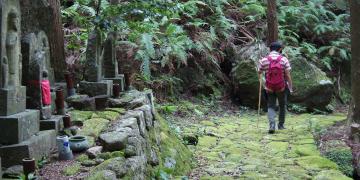Developing a multi-stakeholder network (farmers, community members, government agencies and the academe)
Creation of collaborative research projects on Indigenous and Local Knowledge
Re-valorization of the Indigenous culture through its integration in the education system
Establishment of a multi-functional community knowledge centre
Training high-school teachers on traditional knowledge and local culture
